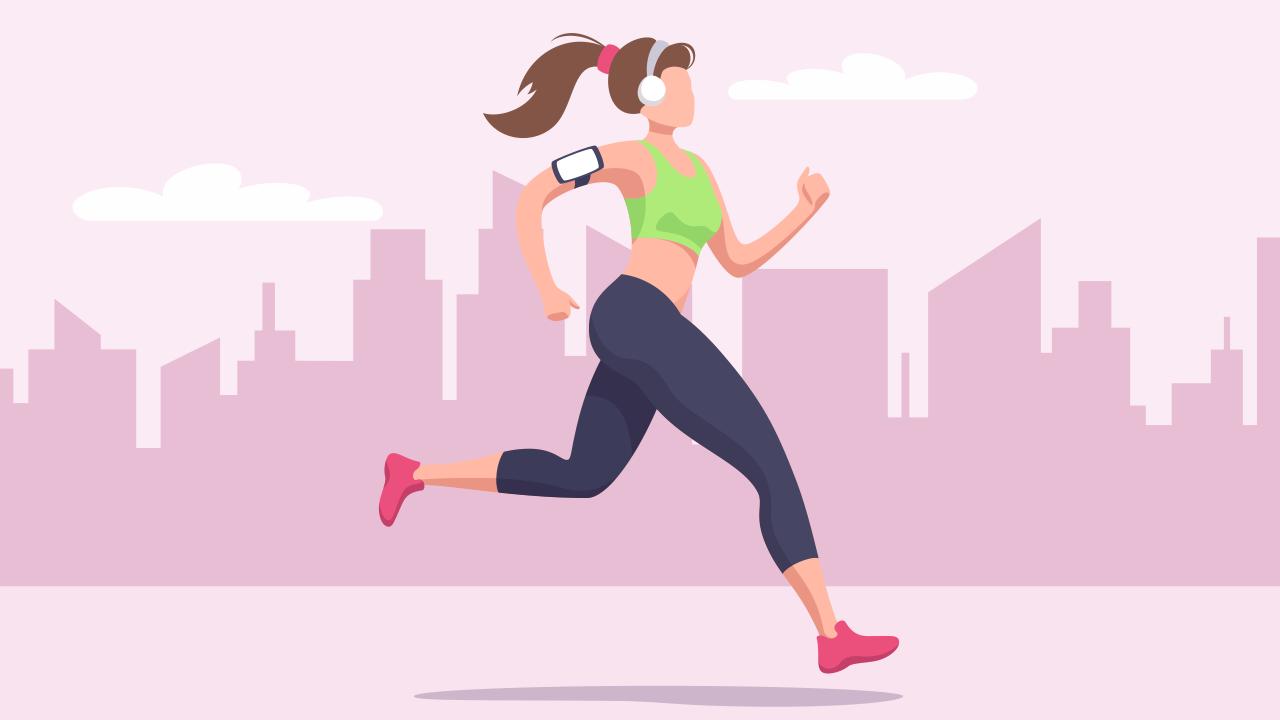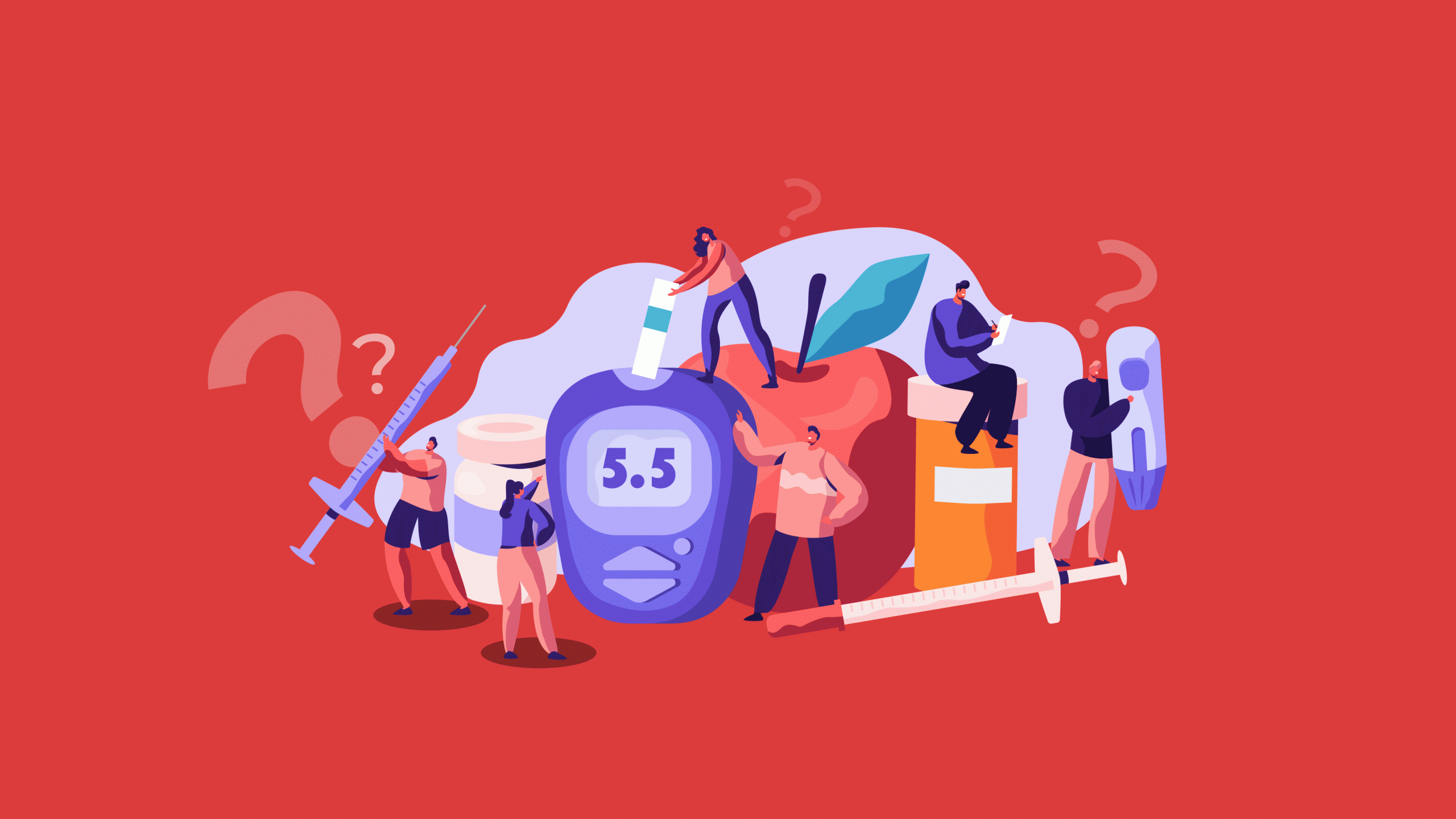
Should You Run During Your Menstrual Period?

The thought of running during periods may not be a particularly happy one. Physical discomfort might make you want to skip your fitness or running routine, coupled as it often is with cramps, fatigue, mood swings, and bloating. But, there are no scientific reasons for you to not run or work out during menstruation. In fact, there are some good reasons as to why you should.
Feeling less enthusiastic or energetic during periods is the result of constant hormonal fluctuation. Running releases endorphins (a natural painkiller) and gives you a workout high that can help elevate your mood. Additionally, it can help alleviate premenstrual syndrome (PMS — the changes you see in your body before menstruation) by improving blood circulation.
On an average, a woman has 450 menstrual cycles during her lifetime. It is therefore important to understand the menstrual cycle and the various complications, consequences and distresses associated with it.
Understanding the hormones and the process of a menstrual cycle
Menstrual cycle on an average lasts for 28 to 35 days. It begins on the first day of your period and is divided into the following phases:

Phase 1: Menstrual phase
The first stage of the menstrual cycle, where bleeding occurs, is known as the menstrual phase. This phase can last from two to seven days. In this phase, the estrogen levels drop, and the thickened uterine wall sheds and is removed from the body along with the unfertilized egg.
Phase 2: Follicular phase
It’s the “feel good” time of the cycle, where you feel energetic and have a positive mindset. On an average, this phase lasts for 16 days. The increased hormonal levels of estrogen has profound effects on your metabolism, strength and mood. It enhances fat utilization and spares glycogen. This is a good time to utilize your increased energy and challenge yourself with high intensity routines such as HIIT.
Phase 3: Ovulation phase
Ovulation happens halfway through the cycle, as the luteinizing hormone levels rise and results in the maturation of the egg and its release from the follicle. During this phase, the basal body temperature tends to be slightly elevated and the levels of progesterone gradually increases.
Phase 4: Luteal phase
This occurs from day 14 to day 28 of your menstrual cycle. Progesterone hormone levels increase in this phase. You will also notice an increase in the basal body temperature, breathing, and heart rate. You might struggle to keep up with high-intensity exercises as your strength levels reduce. However, this is an excellent phase to build your endurance by incorporating low-intensity exercises such as walking, cycling, swimming, or jogging. In the absence of fertilization of the egg (no pregnancy), estrogen and progesterone levels drop and menstruation occurs.
Also read: Menstruation: Period Facts You Should Know
How does menstruation affect your running?
Your period may not affect your performance, but the symptoms of your periods can make a difference. PMS symptoms may last for a day or two after the onset of periods. These manifest as:
- Abdominal bloating
- Irritability
- Mood swings
- Headache
- Fatigue
- Food cravings
- Breast swelling
- Backache
- Loose motions
Some symptoms associated with other health issues get magnified during PMS due to changing hormonal levels.
- Depression
- Migraine
- Seizure disorders
- Irritable bowel syndrome
- Allergies
How can running during your periods benefit you?
1. Running releases endorphins, which act as natural painkillers. When you run on your periods, you may get relief from pain and discomfort. Endorphins will help elevate your mood and give a general sense of wellbeing
2. It helps relieve the bloating sensation
3. It improves circulation, helps relieve congestion that causes leg pains
4. Inner lining of the uterus releases a substance called prostaglandins. This reduces blood flow and causes cramps. A boost in blood flow as you run relieves cramps and backache
Also read: Menstrual Hygiene: A Checklist for Your Period
Dos and don’ts when running on periods
1. Stay hydrated, since you lose those extra fluids during menstruation. Good hydration will relieve you of the bloating sensation and prevent muscle spasms due to dehydration
2. Ensure good sleep for the repairs and recovery
3. Eat healthy. Balance blood sugars by eating combinations of proteins, good fats, and complex carbohydrates
4. A diet rich in carbohydrates and fats is recommended during the follicular phase because estrogen promotes breakdown of fat. A high protein diet is recommended during the luteal phase, when progesterone levels are higher. Progesterone breaks down protein for generating energy for the body
5. Avoid gassy foods such as cabbage, broccoli, beans, and lentils.
6. Eat nuts and seeds as they contain magnesium, which is known to be a muscle relaxant. This may help reduce cramps and discomfort
7. Avoid caffeinated drinks that dehydrate the body
8. Eat iron-rich foods such as green vegetables and meat
9. Don’t forget to stretch. Dynamic stretches prime your muscles and ease cramps
10. Find the right sanitary products to avoid leaks and discomfort while running
11. Run with friends for an extra boost of motivation
Understanding the changes that happen in your body during the menstrual cycle is a good way to get the most out of running during periods. If you feel unwell, avoid intense and taxing workouts. Instead, you can do some warm-ups and head out for a slow run, easy jog, or even a walk to reap the benefits of exercise. You will be stronger for it.














